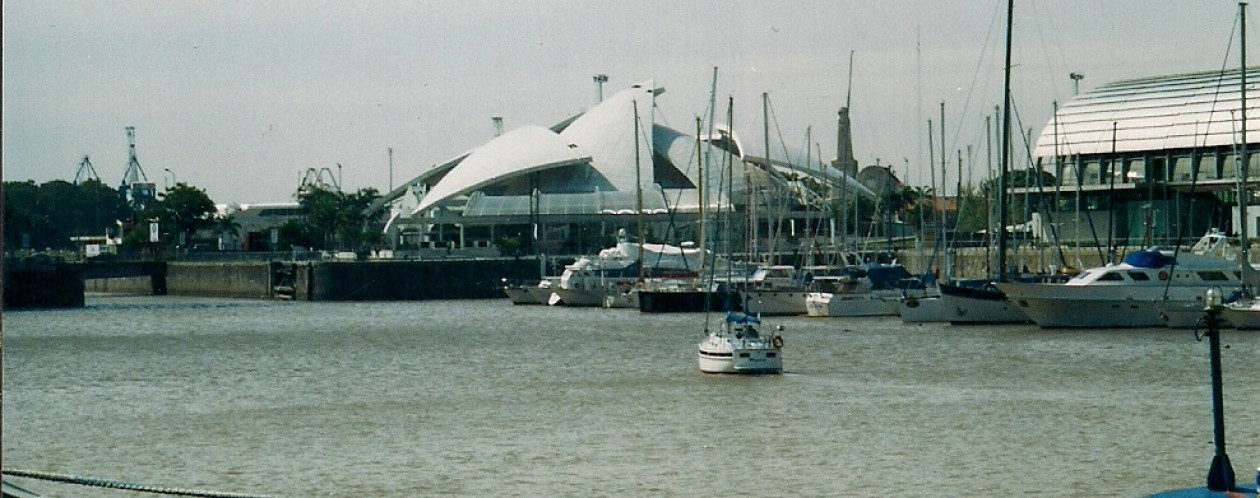August is the Mojave Desert’s most challenging month.
While unavoidably sweltering, it’s generally less torrid than July. August actually starts letting residents kind of imagine autumnal respite in ways July absolutely forbids.
Until the last several summers, July counted as the “monsoon month.” Indeed, rain in quantifiable measures wetted if not outright soaked this region. Away from Las Vegas in the desert proper one might’ve believed he or she heard the parched dirt greedily gulp whatever rain had fallen.
Now looking at the flood channels cutting through this city it wouldn’t be surprising to see cobwebs spanning them. Homeless usually fill the channels. It’s a test of memory to recall when torrents last battered the concrete diversions.
Then again, the Mojave’s cloudlessness stretches so long one forgets their last appearance, much less when it rained.
Isn’t the sky bluer in August? Seems so maybe because useless clouds scud above in cruelly teasing fashion. Maybe the contrast of cotton white against the sky deepens the blue ceiling. Nor are these just wispy clouds, but often big puffy ones. Regard the latter as the billowy kinds lovers want to set their sweeties upon and push around. (Thank you, F. Scott Fitzgerald.)
See, in these parts cloud often serve as scenery. Scenery on the way to becoming thunderheads. Elsewhere, though, seldom here. More benign than dramatic. One can barely envision them gathering in sufficient masses to begin the boil that produces downpours, sudden or otherwise. Lately that’s only happened south of Nevada upon Arizona’s Sonora Desert.
Southern Nevada needs several good Biblical cloudbursts. This week alone. Not they’d make any appreciable dent in the decades-long drought besieging the region. Just to momentarily clear the stale summer air. Tamp down desert dust for a short while as well as chase the haze produced by California wildfires.
The stratus, cirrus, cumulus, and nimbus aloft here in Southern Nevada now are so cruel they even avoid blotting out the relentlessness sun beating down on the Mojave. Nevada clouds grudge much shade. If someone were to claim the formations purposely detoured around the sun, or better, gaped open as they passed before the sun, residents surely, not visitors, wouldn’t hear it as a Western tall tale.
Californians are a funny part about the region’s scorching. The ones who moved east without performing the least amount of due diligence. The ones who enjoyed numerous weekends in Las Vegas and somehow thought this decisive enough to relocate to Southern Nevada. The ones who arrive with no stake, no prospects, but the unsupportable belief that “something will happen.” Yeah. It usually does.
But this is not going to become an anti-California screed. Leave that to the relatively few born and raised Nevadans and masses of ex-Californians who self-exiled themselves from the Golden State long ago.
The funny part is watching the newly arrived West Coasters configuring their patios or backyards for summerlong barbecues and outdoor entertaining. Oh, same as they had in the Los Angeles Basin or Bay Area.
It’s a repetitive story and result. Maybe the first one or two 100°-plus evenings are soldiered through. Yet when it’s still 100 at two in the morning anticipated weekends of outdoor enjoyment lose their allure.
Until sometime in October. By then afternoons into evenings become uniformly comfortable enough to be outside and begin a quite belated barbecuing season.
Though rain rarely falls, July and its teasing clouds do add moisture to the atmosphere. But that’s relative.
The Mojave Desert is quite arid. It’s the environment filmmakers convince movie audiences where Foreign Legionnaires stationed in the Sahara fight and sacrifice for the glory of France. Except there is no horizon in the Sahara. Just endlessness. (Thank you, Paul Bowles.)
Instead, the Mojave is sere and loveless.
In 1899, American author Frank Norris wrote a novel titled McTeague. The story began in a Barbary Coast San Francisco which exemplified “Tenderloin.” The story ended with protagonists mired in Mojave borax.
One-hundred years ago, German director Erich von Stroheim filmed a silent version from Norris’ book. Von Stroheim retitled it Greed. He got the pleasures of the flesh right as well as the wages of sin which conclude novel and movie.
Thirst at each versions’ inceptions could easily be slaked. At the ends, though, that same deliverance was devilishly denied.
On the way to Arizona during July, those systems which soak the Sonora drag humidity through the Mojave. Some days and nights moisture in the air lolls before pressing south.
What’s peculiar is, well, to an Easterner accustomed to air occasionally so moist water could’ve been wrung out of it, is how easily further discomfort is achieved at far lower thresholds. Rather than the 70 or 80% levels of humidity that drops New Yorkers into lobster pots during high 80s/low 90s degrees days, 115+ days in Las Vegas are rendered even more hellish when area water vapor dares approaching 30%.
In Metropolitan New York, had a weather forecaster prognosticated a day with 30% humidity, the news would’ve been accepted as ho-hum on the way to humdrum. But in Southern Nevada days with humidity in single digits are common. Even zero days do occur. So that 30% seemingly transforms this desert into a sandy brown and gray Amazon Basin.
People living here may acknowledge both the clouds which refuse to drop rain and increased humidity that nearly becomes intolerable as climatic malevolence. Another thing no mortal has any power to sway. Just endure.
Again, unlike July, August also demands endurance. Until I relocated to Nevada, I never ticked off the days until September. Back in New York the eighth month just passed. Yes, like here time there also slowed. Then suddenly Labor Day came to announce summer was done. In the Mojave August struggles to remain into September.
Since living in Nevada, it’s seemed like Augusts have 35 days. If August 2024 has 38, don’t count me as among any being surprised.
